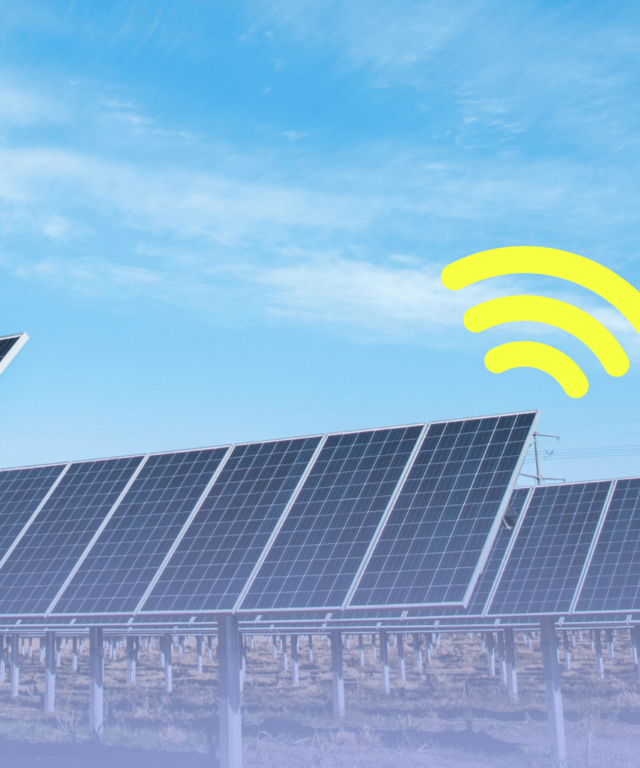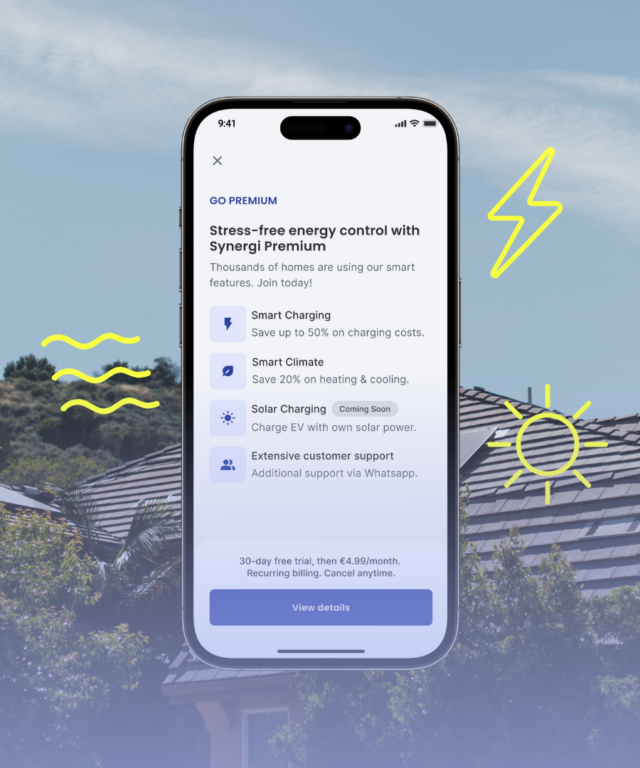As winter draws near, the importance of maintaining a warm and comfortable home takes center stage. The memory of last winter’s extraordinary conditions, accompanied by soaring electricity prices across Europe, serves as a stark reminder of the challenges we face. Particularly during winter, when heaters work overtime, it’s not uncommon for electricity bills to surge unexpectedly. However, the silver lining lies in the array of strategies available to curtail energy consumption without compromising on coziness.
In this blog, we guide you through a series of practical steps designed to help you slash your electricity bills and enhance your home’s energy efficiency throughout the colder months. By embracing these strategies, you’ll not only achieve financial savings but also play a role in fostering a more sustainable environment.
Assessing your current energy usage – unplug excess devices
Before you start making changes, it’s crucial to understand where your energy is being consumed the most. Begin by reviewing your previous winter electricity bills to identify any patterns or spikes in usage. Pay close attention to the months when your bills are highest. This will give you a baseline to work from and help you track your progress as you implement energy-saving measures.
Next, walk through your home and identify the major energy-consuming appliances and areas. Is your heating system running efficiently? Are there appliances that are constantly plugged in but rarely used? Unplug unused devices and turn off excess lights for first easy wins.
Weatherproofing and insulation – make sure your windows don’t leak
Proper insulation and weatherproofing are essential for maintaining a warm and energy-efficient home during the winter. Inadequate insulation can lead to heat loss, causing your heating system to work harder and use more energy. Start by checking for air leaks around windows, doors, and vents. Seal these gaps with weather stripping and caulk to prevent cold drafts from entering and warm air from escaping.
Adding insulation to your attic, walls, and floors can make a significant difference in retaining heat. Insulation materials like fiberglass, cellulose, and foam can effectively reduce heat transfer. Ensure that your home is properly insulated to create a barrier that helps keep your indoor environment cozy without overburdening your heating system.
Efficient heating practices – reassess the required temperature
Heating your home accounts for a substantial portion of your winter energy bills. However, there are several strategies you can adopt to heat your home efficiently without raising your costs:
- Optimal Thermostat Settings: Set your thermostat at the lowest comfortable temperature. For every degree you lower your thermostat, you can save a significant percentage on your heating bill.
- Programmable Thermostats: Consider investing in a programmable thermostat. This allows you to automatically adjust the temperature based on your schedule. For instance, you can lower the temperature when you’re away and have it rise before you return home.
- Zone Heating: If you have central heating, use zone heating to heat specific areas of your home. Close vents in rooms that are seldom used and focus heat on the rooms you occupy the most.
By implementing these efficient heating practices, you’ll not only reduce energy consumption but also maintain a comfortable indoor environment without straining your budget.
Smart appliances and power strips – go smart
Modern technology offers smart solutions to make your home more energy-efficient:
- Smart Appliances: Upgrade to energy-efficient appliances with smart features. These appliances can be controlled remotely, allowing you to adjust settings and schedules to optimize energy usage. For example, heat pumps can be upgraded with simple Sensibo or Tado devices.
- Advanced Power Strips: Use advanced power strips that prevent energy “vampires” by cutting power to devices in standby mode. This eliminates phantom energy consumption and helps lower your bills.
- Replace Inefficient Appliances: Consider replacing old, energy-guzzling appliances with ENERGY STAR-certified models. They use less energy without compromising performance. The payback time is much shorter than you think.
Energy-efficient cooking and hot water usage – mindfulness matters
Cooking and water heating can contribute to your energy bills. Here’s how to be more efficient:
- Cooking Practices: Use appliances like microwaves, slow cookers, and toaster ovens whenever possible. They use less energy than traditional ovens and stovetops.
- Lid Usage: When cooking on a stovetop, use lids on pots and pans to retain heat. This reduces cooking time and energy consumption. Easy and simple.
- Water Heater Temperature: Set your water heater at around 60°C to prevent overheating and reduce energy usage. Also, consider using cold water for laundry and only heating water when needed.
Leverage natural heat sources – let nature warm your home
Harnessing natural heat sources can contribute to your home’s warmth without relying solely on your heating system:
- Sunlight Utilization: Open curtains and blinds during sunny hours to let in natural warmth. Close them at night to retain heat and prevent drafts.
- Furniture Arrangement: Rearrange furniture to ensure that it doesn’t obstruct the flow of heat from radiators or vents. This helps in better heat distribution throughout your rooms.
- Thermal Mass: Use materials with high thermal mass, such as brick or stone, near windows. They absorb heat during the day and release it slowly at night, helping to regulate indoor temperatures.
Smart timing for cost savings – utilize cheap hours
Reducing your electricity bills isn’t just about minimizing consumption; it’s also about using energy when it’s most economical. If you’re on a fixed-price electricity contract or have access to off-peak rates, you have a golden opportunity to save even more. Note that your transmission fees are also likely cheaper, so remember to take that into consideration as well.
- Off-Peak Advantage: Many energy providers offer lower rates during off-peak hours, typically at night. Take advantage of these periods to perform energy-intensive tasks such as running your dishwasher, washing machine, and dryer. If you have appliances that can be programmed or delayed to start, consider setting them to run during off-peak hours. This can significantly reduce your energy costs over time.
- Charge Electric Vehicles: If you own an electric vehicle (EV), schedule its charging during off-peak hours. Not only will you save money, but you’ll also contribute to easing the load on the grid during peak demand.
- Monitor Spot-Priced Rates: Stay informed about the time-of-use rates offered by your energy provider. Understanding when rates are lowest allows you to plan your energy-intensive activities accordingly.
- Efficient Nighttime Heating: If you have fixed transmission fees that are lower during the night, consider setting your heating system to maintain a slightly warmer temperature during the day and lower it slightly at night. This takes advantage of the lower fees while keeping your home comfortable.
By aligning your energy consumption with off-peak hours and lower transmission fees, you can significantly impact your electricity bills. However, remember that even if you’re on a fixed-price contract, optimizing your usage during cost-effective periods can lead to substantial long-term savings.
All actions count and the time is now!
As winter approaches, it’s important to focus on energy-saving practices to reduce your electricity bills. By implementing the strategies outlined in this blog, you’ll not only lower your costs but also contribute to a more sustainable and eco-friendly lifestyle. From weatherproofing and efficient heating to smart appliances and power management, every small change you make adds up to significant savings.
Remember, the key is to be mindful of your energy usage, prioritize efficiency, and make these practices a part of your everyday routine. By doing so, you’ll create a cozier, more comfortable home while keeping your energy bills in check.
Get the Synergi app and start saving on your electricity bill! Here’s how:
- Get the app and connect your devices: Download the Synergi app and connect your devices. You don’t need any extra equipment.
- Change settings and preferences: Set up and use the smart features you want! Set preferences for smart charging, set limits for home heating & cooling systems, and more coming to the app soon!
- Enjoy the savings: Sit back and save money as Synergi adjusts your electricity use to cheaper times.




